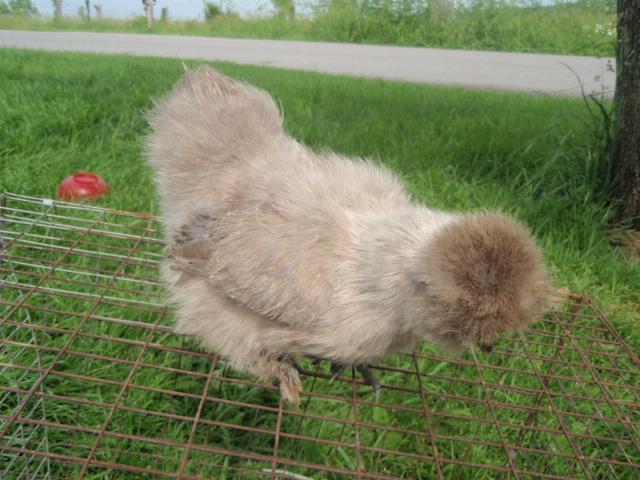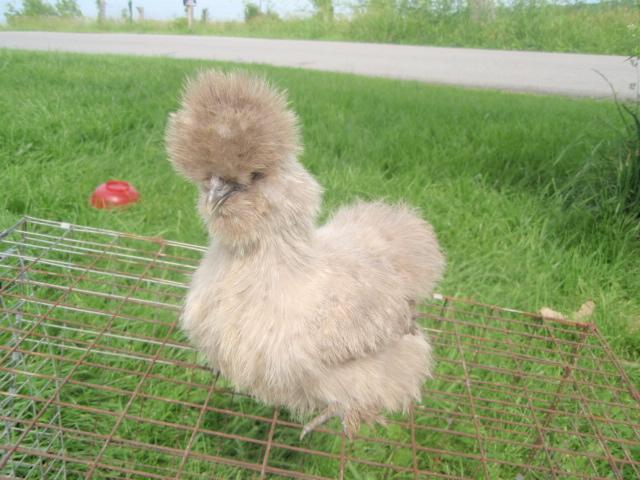Brody's Broodello :
Quote:
There are some on here that would argue that with you. I ended up deleting all my posts in a few threads because of people getting rude just by asking a question. I know not all my silkies are show quality but I think they're pretty.
DH and I really loved this fella. I have him with sizzle hens right now to see what they put out. The hens are white with recessive black. I've never gotten a white chick from them.
So I will call him Calico. My final decision. Thanks for helping me make it.
Just because he is not an approved (in the SOP for silkies)color does not mean that he is not a classifiable (sp) color. Hence my bird the first Salmon. I took him to a show, having bred for a particular color. Talked to judges & faverolle breeders, who compared the bird to their birds. And all were in agreement that he was indeed marked exactly like the Salmon Faverolle bird. Having the approval of breeders, Mulitple judges, as well as other top silkie breeders, I then was comfortable calling my bid a Salmon. I also talked to Sigrid sent photos , breeding background for a few gens, and she was in aggreement that yes they were Salmon colored, and genetically qualified to be called a Salmon.
If you sell the eggs, just state that they are from a Calico Project, this way the buyer will know that they are still in the works, some newbies do not understand that some colors are not a set (multi gens that have been constantly reproducing) pattern. ie Splash + Splash = Splash,etc. Calico + Spash= ? Because it is a project in the works. A lot of Newbies get upset when they buy project eggs & don't get the exact results, but also do not undersatnd that they may need to breed back another gen to get their desired results. That is why I cull, undesired project results to the pet market, to hard to explain genetics & breeding to those who only want to hear what they desire & not work at it for a few years.
Good luck Vickey.
Very well stated. Certain varieties are defined: certain hues or patterns on specific parts of the body, different ones elsewhere, etc. A bird that conforms well to a specific variety will usually breed predictably when bred with another bird of the same variety. Birds that do not have defined colours or patterns do not usually breed predictably becuase they are an unknow or partially known mix of genes. You can usually make some predictions about their offspring--but not complete predictions.
Autosomal red is red pigment that is not sex-linked as is gold. It is not well-documented as are genes such as blue, choc, dun, recessive white, etc. It is a good thing to have for certain varieties, but the dickens to get rid of if you do not want it.
Project birds are those where there is some specific goal in mind and being worked towards. Mixed-colour birds are ones where there is no goal other than pretty yard candy. THey could also be culls from a project--the ones that did not inherit the necessary genes for moving forward on hte project. Nothing wrong in any of these as long as one is honest with purchasers as to the background of the birds or eggs.








